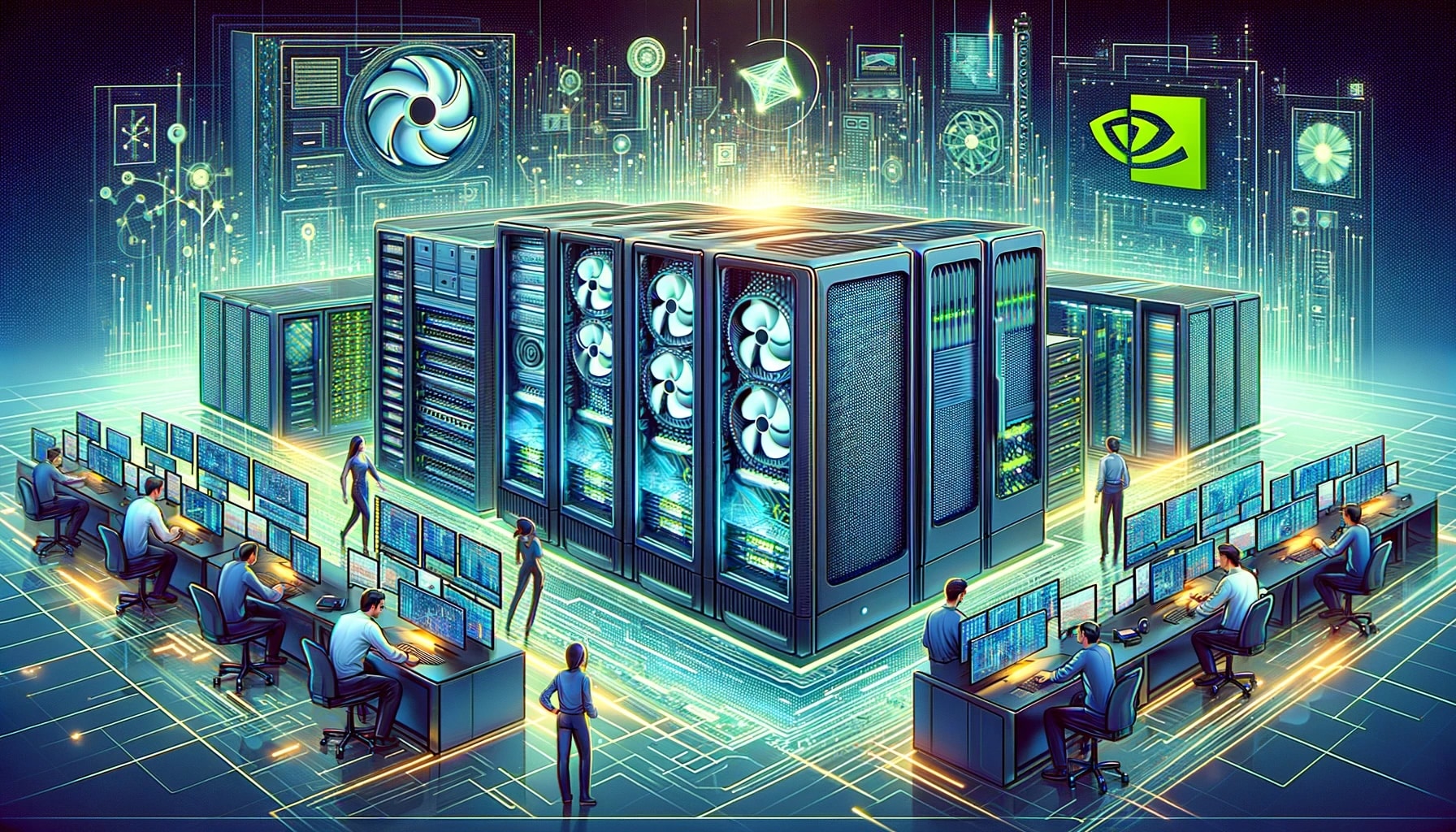The idea sounds like a bold move characteristic of the brand: Elon Musk wants to build a megafactory capable of producing one million chips per month to meet Tesla’s needs in autonomous driving and robotics. Informally dubbed “TeraFab”, the project would—according to the entrepreneur—alleviate the market’s shortage of advanced processors. However, the plan has been met with a dose of realism from Jensen Huang, CEO of NVIDIA, who from Taiwan reminded everyone that frontier manufacturing is “extremely difficult.”
It’s not just a matter of “building a facility,” he pointed out—it’s about mastering a complete ecosystem of engineering, science, and craft that firms like TSMC have perfected over decades. This caution comes from someone who relies entirely on the Taiwanese manufacturer for chips in his “AI revolution,” and who is currently meeting with its leadership to secure capacity amidst unprecedented demand.
The reality of an almost impossible business
Setting up a cutting-edge foundry isn’t just about capital—think hundreds of billions of dollars. It involves weaving an extremely complex ecosystem of suppliers and processes: EUV lithography (with unique ASML equipment), ultrapure chemicals, enormous clean rooms, advanced packaging (CoWoS, InFO, Foveros…), yield rates measured to the decimal, and an army of engineers capable of pushing every step to the physical limit. Even historic players like Intel Foundry have been fighting for years to catch up at the most advanced nodes.
Meanwhile, TSMC doesn’t just manufacture; it orchestrates schedules, prioritizes clients, scales capacity, and maintains high performance levels in technologies that evolve every 18–24 months. Competing with that from scratch, regardless of ambition, is a 5–7 year minimum race with a brutal learning curve.
Why Musk wants his own factory
The motivation is clear: Tesla needs much more chip capacity for its roadmap—covering FSD/AI5 platforms and humanoid robots—and fears relying on slots controlled today by TSMC and Samsung, with NVIDIA, Apple, AMD, and major AI hyperscalers also queueing. Musk has hinted that the supply from these foundries—and to a lesser extent, from Intel—may not suffice for his plans.
A “TeraFab” would give Tesla control over its destiny and, in the process, reduce exposure to geopolitical fluctuations and the shortage of advanced packaging, a real bottleneck in the AI era. The ambition fits with Musk’s track record (reusable rockets, battery megafactories), but Huang has set a sober tone: cutting-edge manufacturing is another league.
NVIDIA’s position (and why it matters)
NVIDIA is currently the anchor customer for TSMC, supplying chips for ChatGPT, AI data centers, and the new Blackwell generation. Its business depends on TSMC delivering volume on time and with high performance. From that vantage point, Huang emphasizes what many in the industry privately acknowledge: there’s no quick substitute for what TSMC provides—not even for someone with Musk’s financial and ambitious clout.
Nevertheless, Musk’s interest creates a window of opportunity for Samsung Foundry and Intel Foundry, which are seeking high-profile clients for their leading-node technologies and packaging solutions. TSMC, fiercely protective of its leadership, will continue to compete for every high-volume design entering the market.
What would make the “TeraFab” credible?
- Industry partners from day one. Without ASML, Tokyo Electron, Applied Materials, and the rest of the “club” of process equipment providers, there’s no factory.
- Talent: hiring hundreds (or thousands) of process and yield engineers with real experience at advanced nodes.
- Regulatory and energy patience: environmental permits, gigawatt scale power, ultrapure water, and a local supplier network that isn’t improvised.
- Anchor client beyond Tesla**: to amortize the investment, the “TeraFab” would also need to manufacture for third parties.
The big context: capacity yes, foundries no
The paradox of this moment is that everyone needs more advanced chips, but very few can manufacture them. Those in charge—TSMC and, at some distance, Samsung—are building more than ever; Intel is racing to return to the top; and the rest of the sector is competing for capacity and packaging solutions that turn wafers into finished products. In this landscape, the most realistic short- and medium-term option for Tesla is long-term capacity contracts and dedicated packaging lines, rather than building a foundry from scratch.
Of course, Musk can try the impossible, as he’s done before. But Huang’s warning—the man who knows the AI bottleneck best—sounds like a warning to all: manufacturing like TSMC isn’t learned in a few product cycles.
Key points in 30 seconds
- Musk plans a megafactory (“TeraFab”) to produce up to 1 million chips/month to support Tesla’s plans.
- Jensen Huang (NVIDIA) responds: advanced manufacturing is “extremely difficult”; what TSMC does has no quick substitute.
- Building a leading-edge foundry requires hundreds of billions, 5–7 years, critical suppliers (like ASML), and an army of process engineers.
- In the short term, Tesla’s most plausible path is to secure capacity with TSMC/Samsung/Intel and dedicated packaging, not to build from zero.
Source: Dan Nystedt

